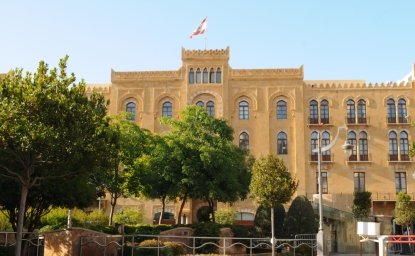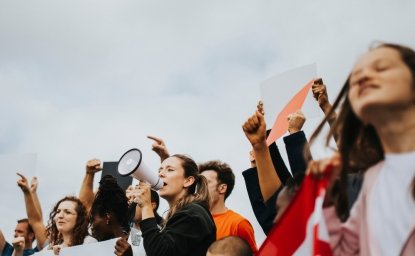World Refugee Day: Stories from MENA Women
To mark World Refugee Day, Enheduanna collected stories and expert commentaries from women across MENA—Palestine, Syria, Sinjar, Yemen—and Afghanistan.

A blog of the Middle East Women's Initiative
To mark World Refugee Day, Enheduanna collected stories and expert commentaries from women across MENA—Palestine, Syria, Sinjar, Yemen—and Afghanistan.
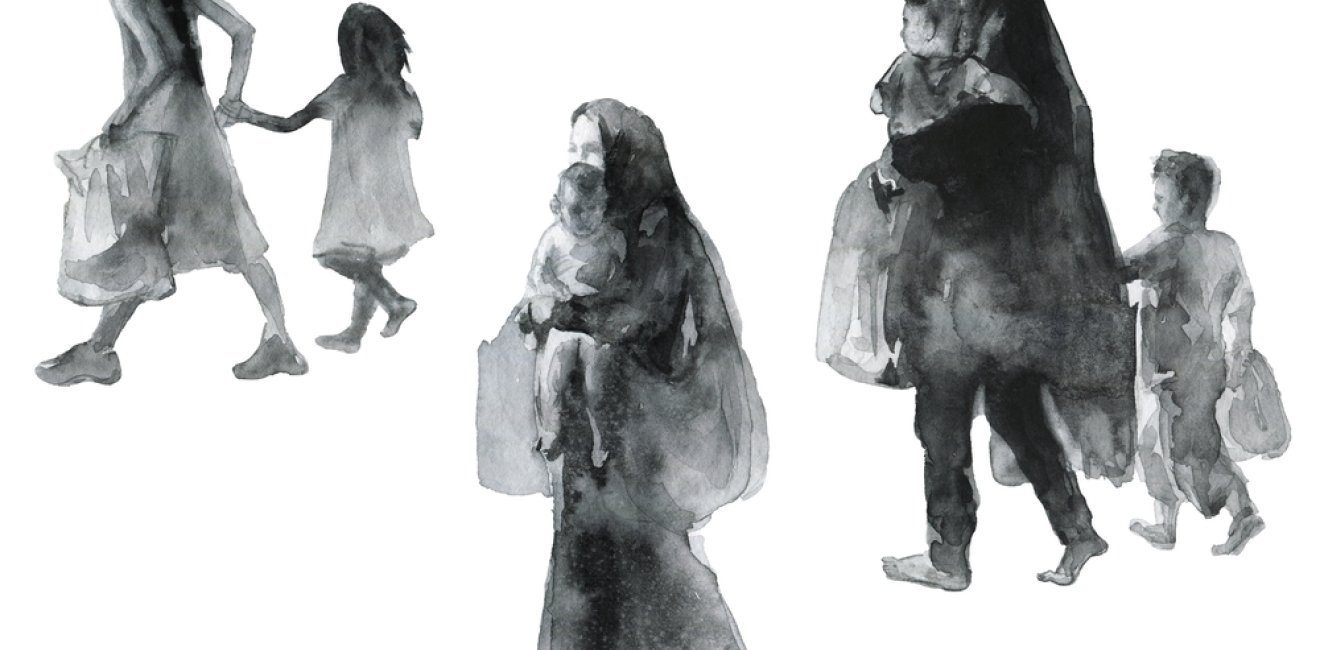
For more than 117 million people, the impact of forced displacement from their homes, either in their own countries or in neighboring host countries, is multi-layered, multi-dimensional, and tragically often invisible to policymakers outside this space. Beyond the occasional headlines that animate news coverage when refugee boats sink or a refugee camp tent is set on fire due to military conflict, there are lived experiences and stories that are not only rarely featured but difficult to capture.
One of the least documented and assessed aspects of forced displacement is its gendered impact; how displacement impacts girls and women and how gender norms shift in refugee or IDP settings. Displacement affects the prevalence of gender-based violence and child marriage, and gender inequality creates poverty, deprivation of refugee households, access to health services, and thus the physical and mental well-being of these individuals and their communities.
According to the United Nations High Commissioner for Refugees (UNHCR), half of the world’s refugees and IDPs are women and girls, who disproportionately experience the grim impact of forced displacement. The World Bank’s “Gender Dimensions of Forced Displacement” report presents key findings based on the Women, Peace, and Security Index that showcase how displaced women fair worse than host women in the domains of “inclusion, justice, and security.”
For example, in the labor market, employment for displaced men is 90% higher than displaced women. Further, the report’s analysis reveals the “compounding risks of displacement on women’s safety,” explaining why we see a surge in incidents of gender-based violence. For instance, among Syrian refugees in Jordan, Turkey, and Lebanon, we see an increase of intimate partner violence and child marriage. And in extreme cases, such as Sudan, we see a surge in rape, where war journalist Zeinab Mohamed Salih noted to me last week “is beyond our imagination” and severely “underreported in western media.”
This report also highlights evidence that displaced women “face a lack of access to crucial services including sexual and reproductive health services, mental health support...and services needed after experiencing GBV.” In Gaza, as Israel’s campaign continues more than eight months after the Hamas attacks of October 7, women lack access to sanitary pads, and mothers lack sufficient healthcare services for their newborns and their much-needed postpartum care.
On the ground journalist Ghada Abdulfattah told the Christian Science Monitor that “she heard from women giving up food so that their children could eat. From a woman who cut off her hair, and her daughter’s, because of the challenge of maintaining hygiene, often using seawater.” These are mere glimpses into the horrific experiences of forcefully displaced women in the Middle East & North Africa (MENA).
This year as we mark World Refugee Day and in order to better understand the gendered impact of forced displacement on girls and women in MENA, we feature five articles that zoom into their harsh realities with a focus on Palestinian women in Gaza, girls and women in Afghanistan, Yazidi women in Sinjar, and refugee and IDP women in Yemen and Syria.
On Yemen, Fatima Abo Alasrar explains how draconian Houthi “decrees” have constrained women’s movement, confining them to the private sphere, diminishing women's “personal agency but also their family's potential income, exacerbating the economic difficulties already caused by the ongoing conflict.”
On Gaza, Yara Asi writes that “miscarriages have increased by 300%, while pregnant and nursing mothers, along with much of the rest of Gaza’s population, are suffering from hunger and even famine.”
On Sinjar, Nadine Maenza references how many Yazidi women have lost husbands, fathers, and sons, becoming the primary caregivers. “These women face immense challenges providing for their families amid displacement, including limited or no access to healthcare, education, and economic opportunities. Moreover, the trauma of sexual violence and exploitation continues to haunt Yazidi women, exacerbating their already harsh circumstances.”
On Afghanistan, Sola Mahfouz writes of her own refugee journey and what it truly feels like to be forcefully displaced. She reminds us that for those of us “who have not lived through displacement, it remains an abstraction, a distant political narrative. Politicians proclaim refugees are here to steal jobs, overlooking that most are escaping a homeland engulfed in flames and seeking safety.”
On Syria, Nour Al Ghraowi also writes of her own journey to the United States as a refugee. She reminds us of what those who are forcibly displaced leave behind to survive: “How did I leave Syria knowing that they could be back? I won't be there to protect my brother’s body. I won’t be there to witness their barbarism. How could I be so selfish to leave?”
These accounts are crucial to better understanding, even if once a year on World Refugee Day, how forced displacement impacts girls and women and why the international community should read and listen to these stories and experiences.
The views expressed in these articles are those of the authors and do not reflect an official position of the Wilson Center.
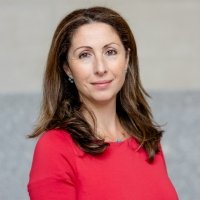

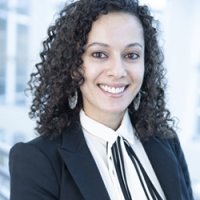
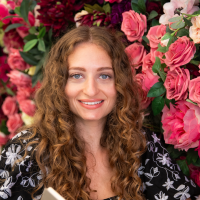

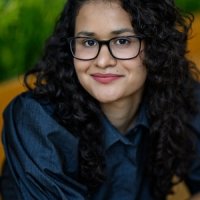

The Wilson Center’s Middle East Program serves as a crucial resource for the policymaking community and beyond, providing analyses and research that helps inform US foreign policymaking, stimulates public debate, and expands knowledge about issues in the wider Middle East and North Africa (MENA) region. Read more


The Middle East Women's Initiative (MEWI) promotes the empowerment of women in the region through an open and inclusive dialogue with women leaders from the Middle East and continuous research. Read more

